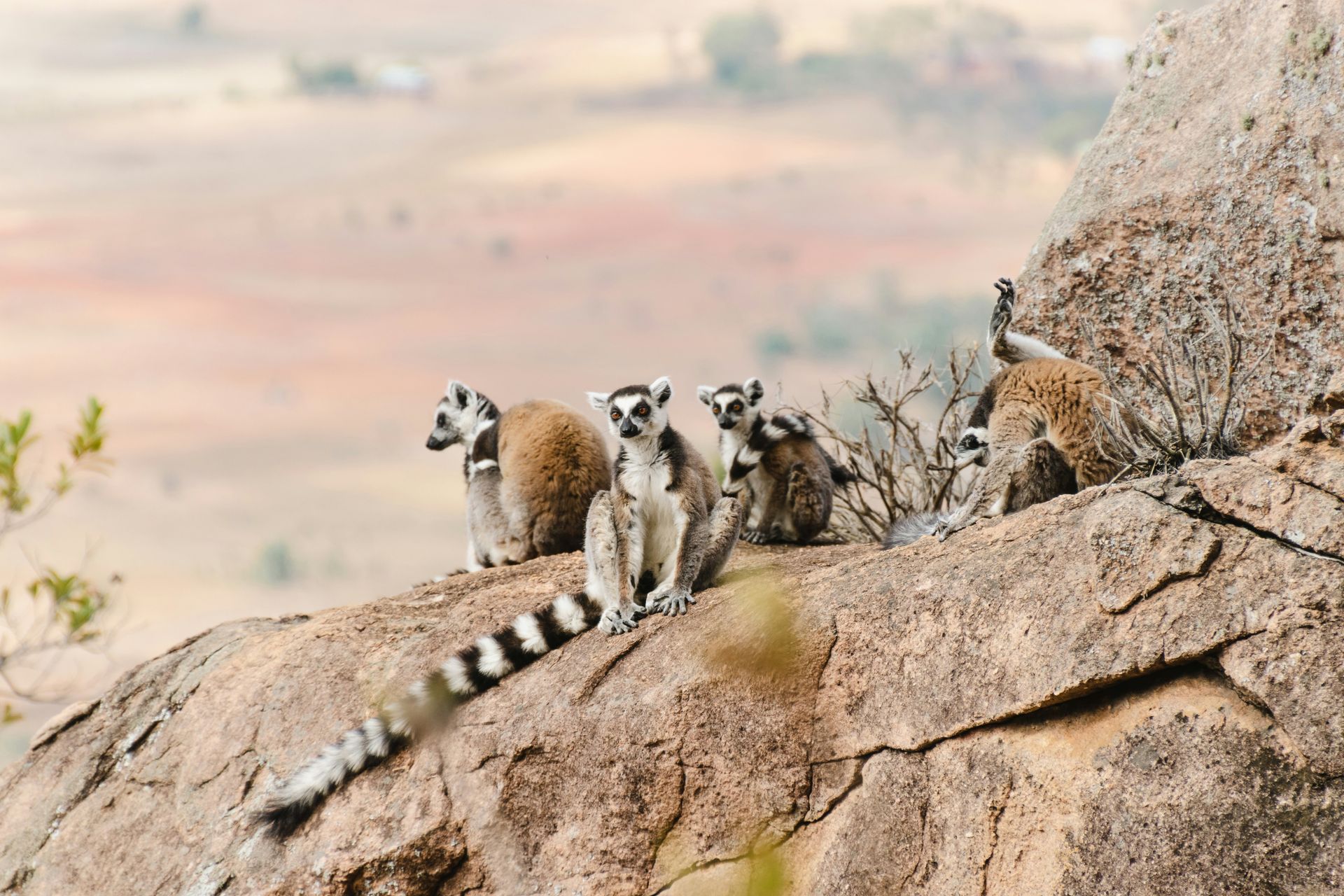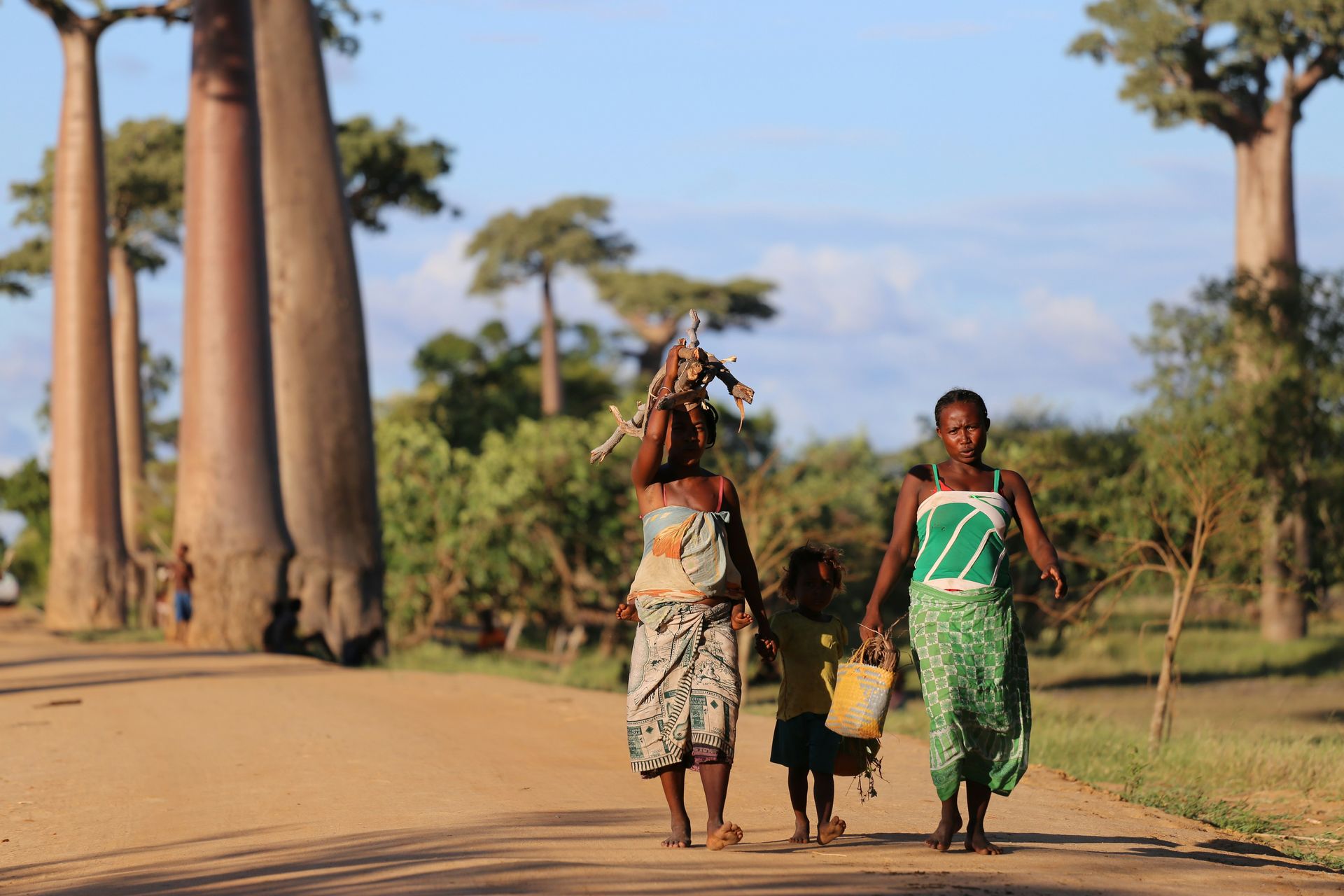Madagascar
Madagascar is an island of extraordinary diversity, where lush rainforests, unique wildlife, and vibrant traditions create a world unlike anywhere else. Known as the “eighth continent” for its remarkable biodiversity, it is home to lemurs, baobab trees, and landscapes that range from tropical beaches to dramatic highlands. Beyond its natural wonders, Madagascar’s rich culture, shaped by African and Asian influences, offers travelers colorful festivals, rhythmic music, and flavorful cuisine. It is a destination that invites exploration, discovery, and connection.
Madagascar
Madagascar is an island of extraordinary diversity, where lush rainforests, unique wildlife, and vibrant traditions create a world unlike anywhere else. Known as the “eighth continent” for its remarkable biodiversity, it is home to lemurs, baobab trees, and landscapes that range from tropical beaches to dramatic highlands. Beyond its natural wonders, Madagascar’s rich culture, shaped by African and Asian influences, offers travelers colorful festivals, rhythmic music, and flavorful cuisine. It is a destination that invites exploration, discovery, and connection.
Why Madagascar?
Madagascar is unlike any other destination in the world, offering a blend of rare wildlife, stunning landscapes, and rich cultural traditions. Over 90% of its plants and animals are found nowhere else on Earth, making it a paradise for nature lovers. From the towering baobab trees and pristine beaches to the vibrant music and cuisine shaped by diverse influences, Madagascar captivates with its uniqueness. Its blend of adventure, culture, and natural wonder makes it a destination that feels truly extraordinary.
Land of Lemurs and Baobab.
Madagascar is a land where two of its most iconic symbols—lemurs and baobab trees—define its character. With more than 100 species of lemurs found only on the island, visitors are treated to encounters with these playful and enchanting creatures in their natural habitats. Equally captivating are the towering baobabs, some centuries old, that rise dramatically above the landscape, especially along the famous Avenue of the Baobabs. Together, these natural wonders capture the essence of Madagascar: rare, timeless, and unlike anywhere else on Earth.
Why Madagascar?
Madagascar is unlike any other destination in the world, offering a blend of rare wildlife, stunning landscapes, and rich cultural traditions. Over 90% of its plants and animals are found nowhere else on Earth, making it a paradise for nature lovers. From the towering baobab trees and pristine beaches to the vibrant music and cuisine shaped by diverse influences, Madagascar captivates with its uniqueness. Its blend of adventure, culture, and natural wonder makes it a destination that feels truly extraordinary.
Land of Lemurs and Baobab.
Madagascar is a land where two of its most iconic symbols—lemurs and baobab trees—define its character. With more than 100 species of lemurs found only on the island, visitors are treated to encounters with these playful and enchanting creatures in their natural habitats. Equally captivating are the towering baobabs, some centuries old, that rise dramatically above the landscape, especially along the famous Avenue of the Baobabs. Together, these natural wonders capture the essence of Madagascar: rare, timeless, and unlike anywhere else on Earth.
Featured Destinations

Slide title
Nosy Iranj
Button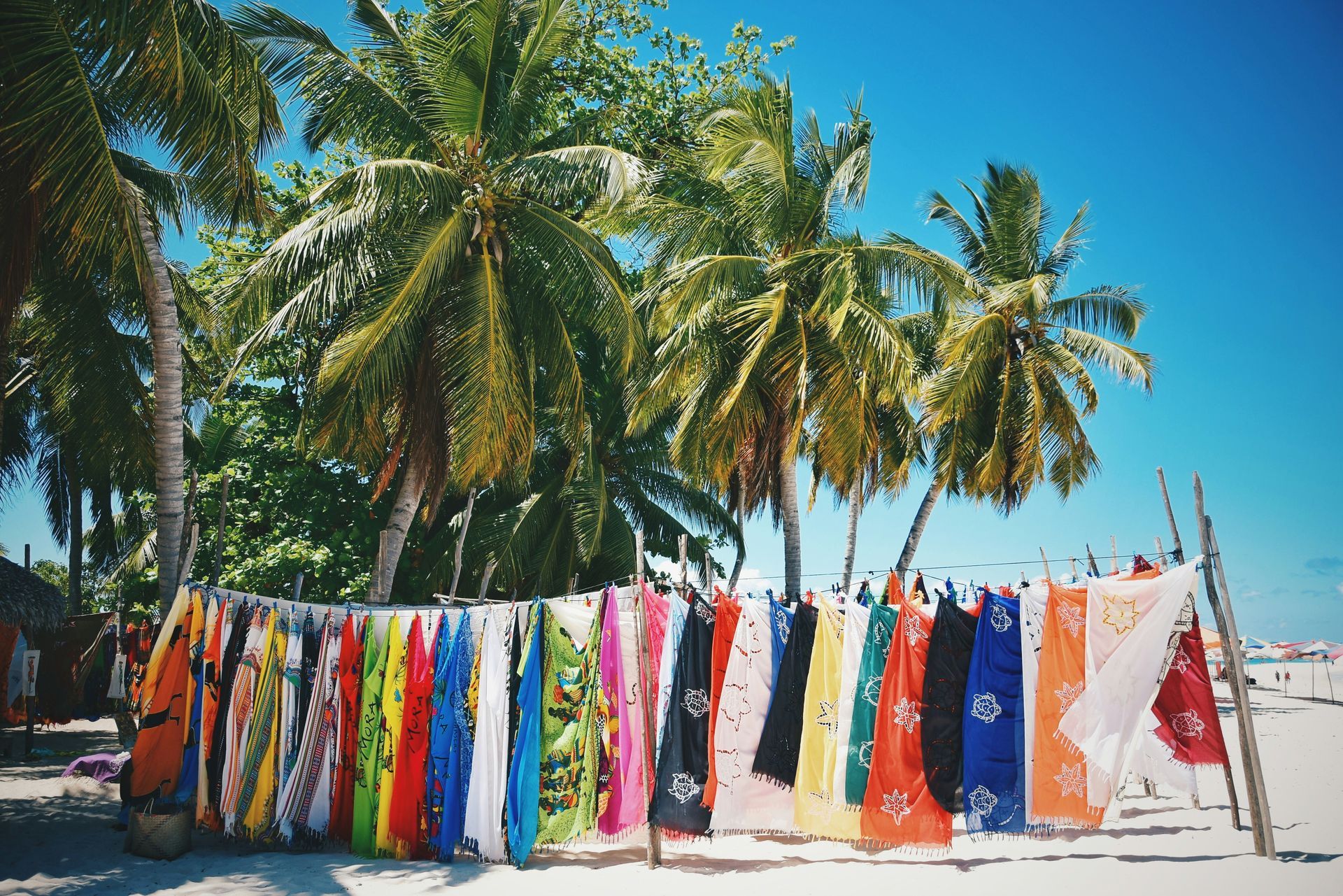
Slide title
Nosy Iranj
Button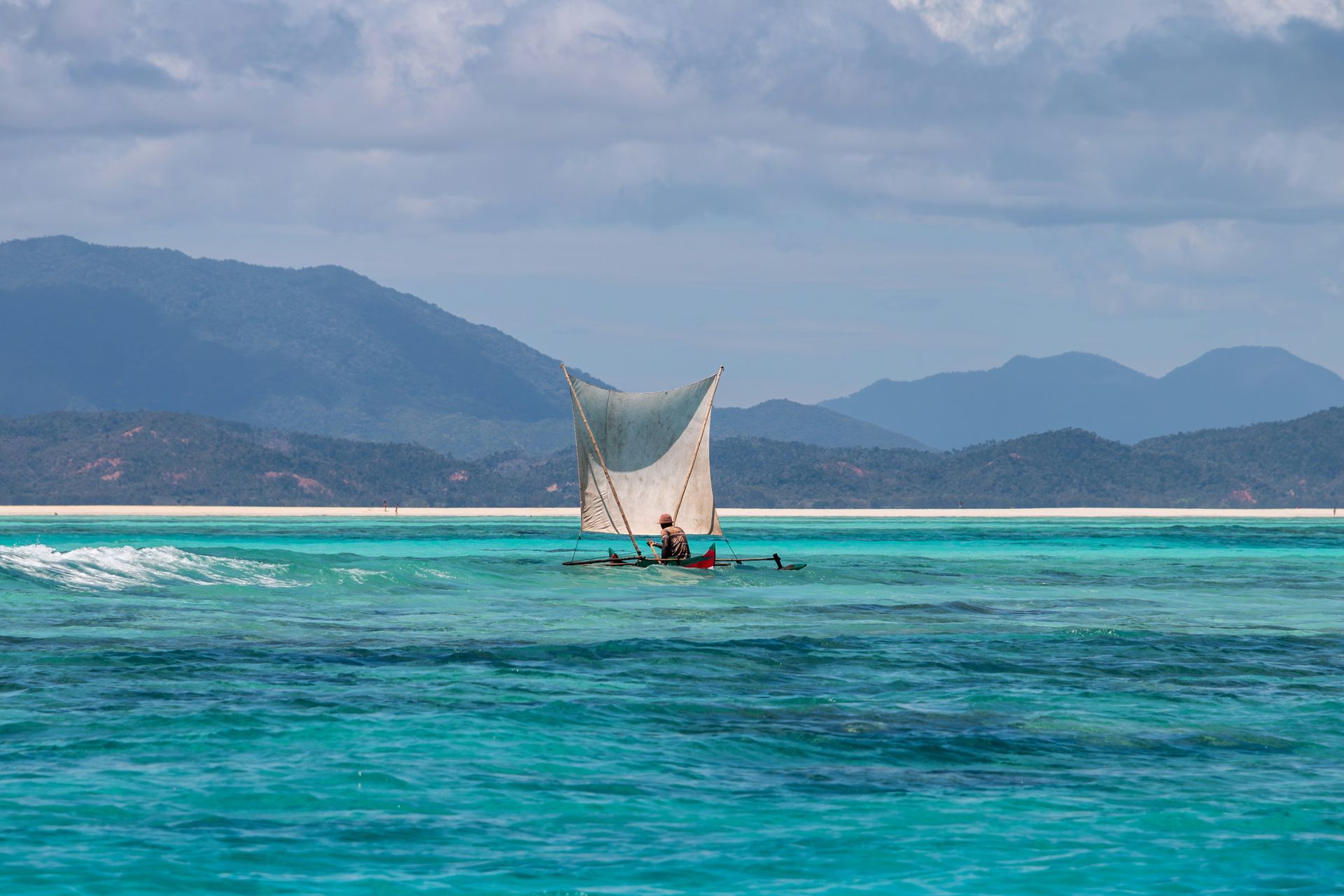
Slide title
Nosy Iranj
Button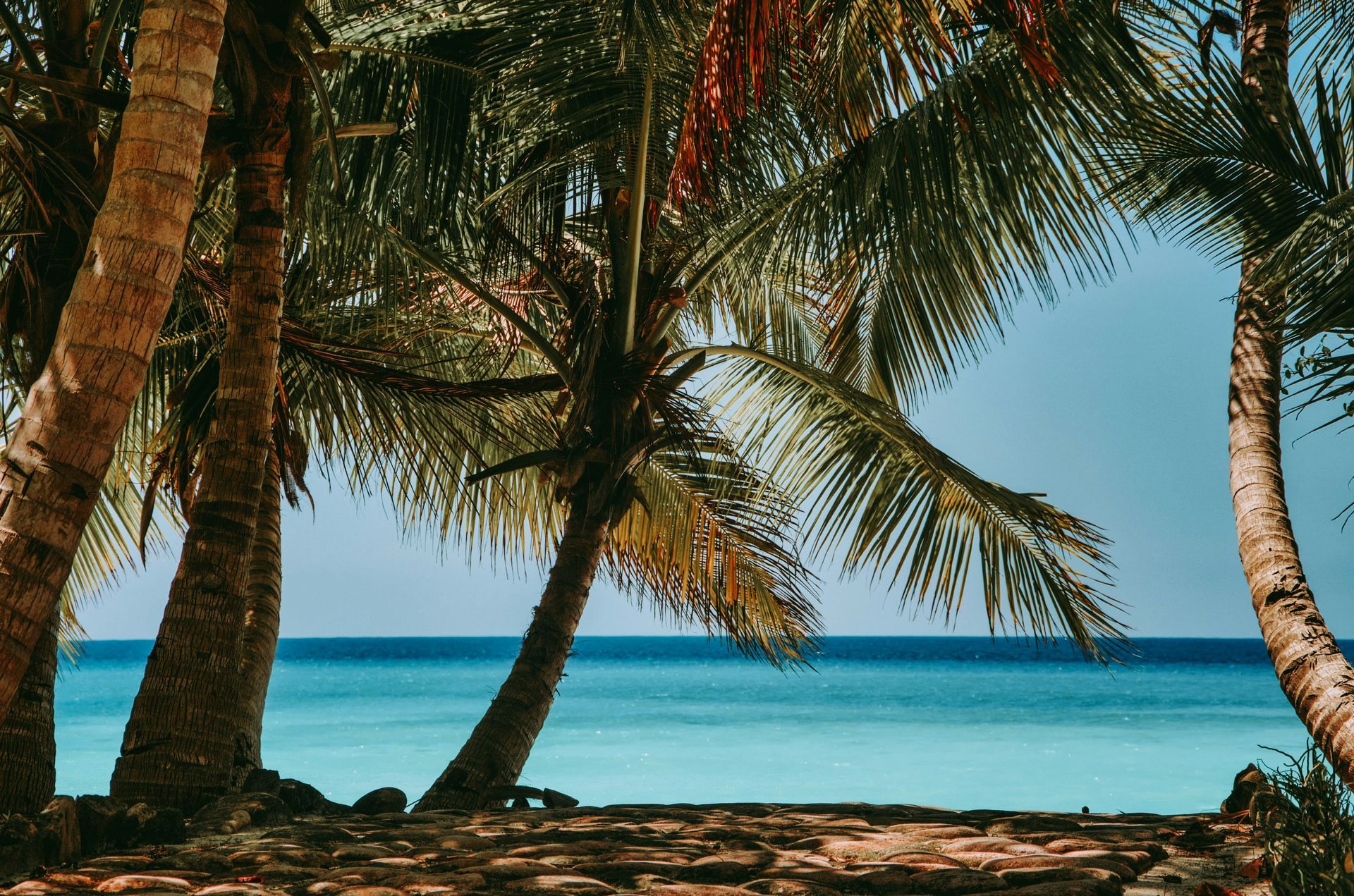
Slide title
Nosy Iranj
Button
Slide title
Nosy Iranj
Button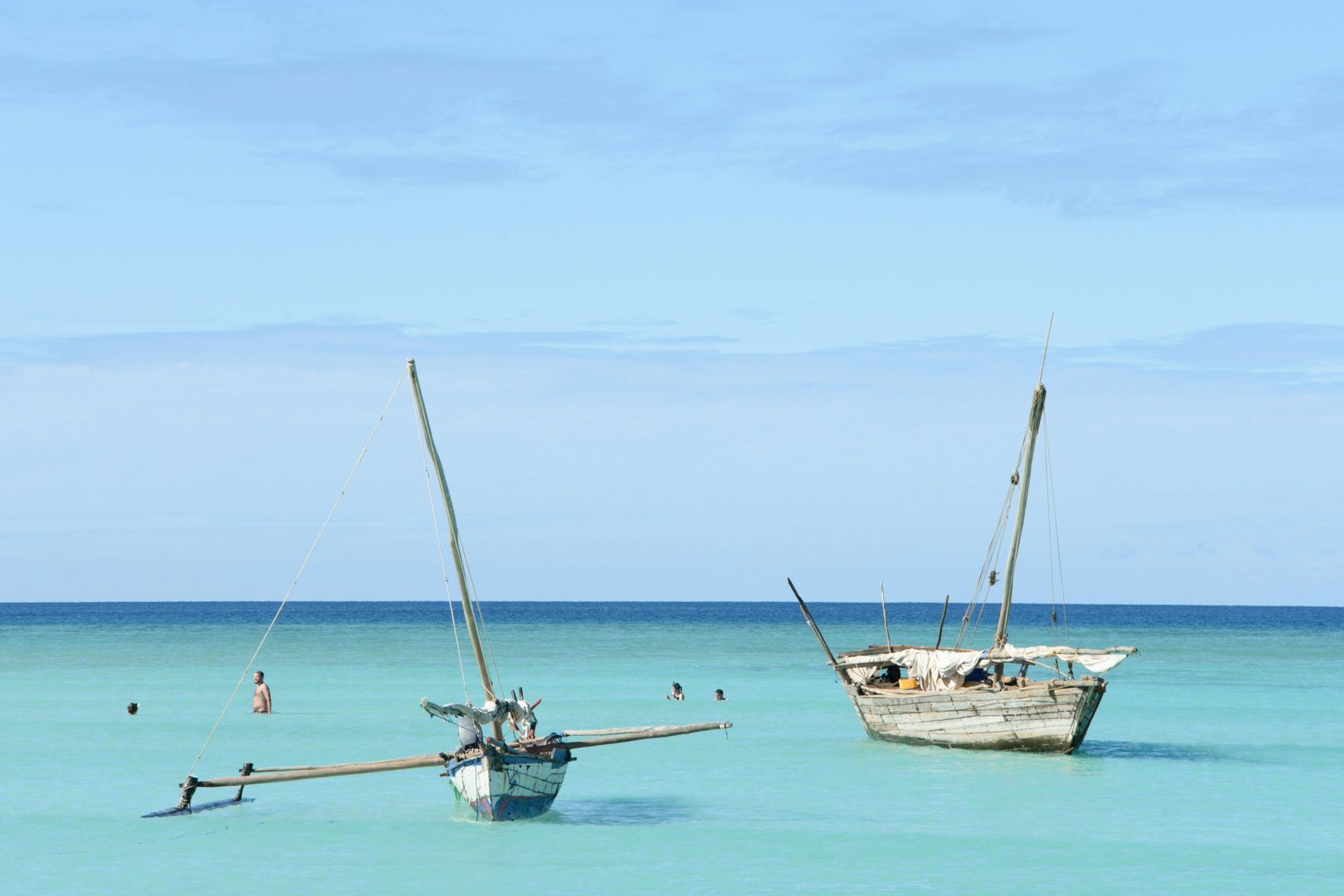
Slide title
Nosy Iranj
Button
Slide title
Nosy Iranj
Button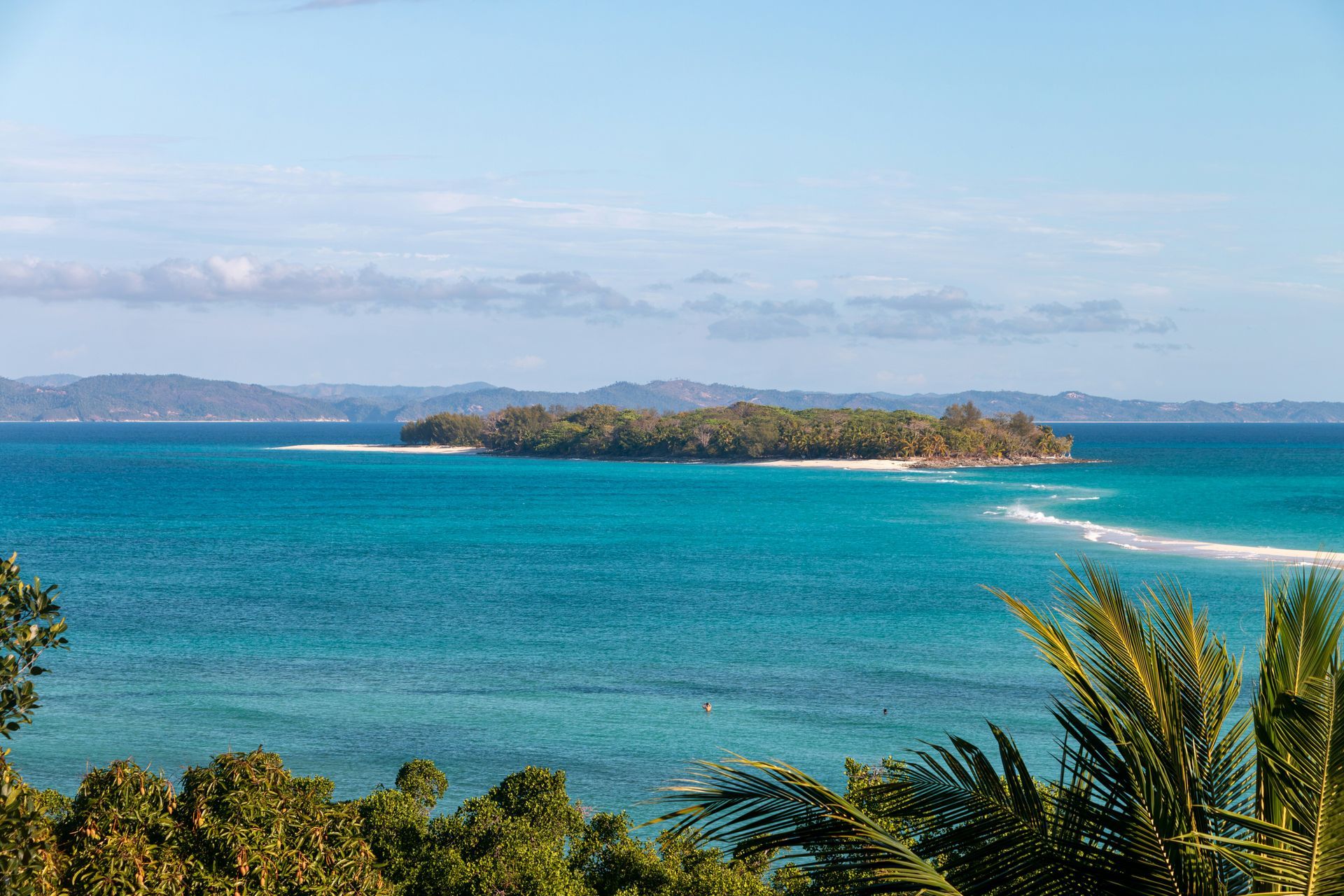
Slide title
Nosy Iranj
Button
Slide title
Nosy Iranj
Button
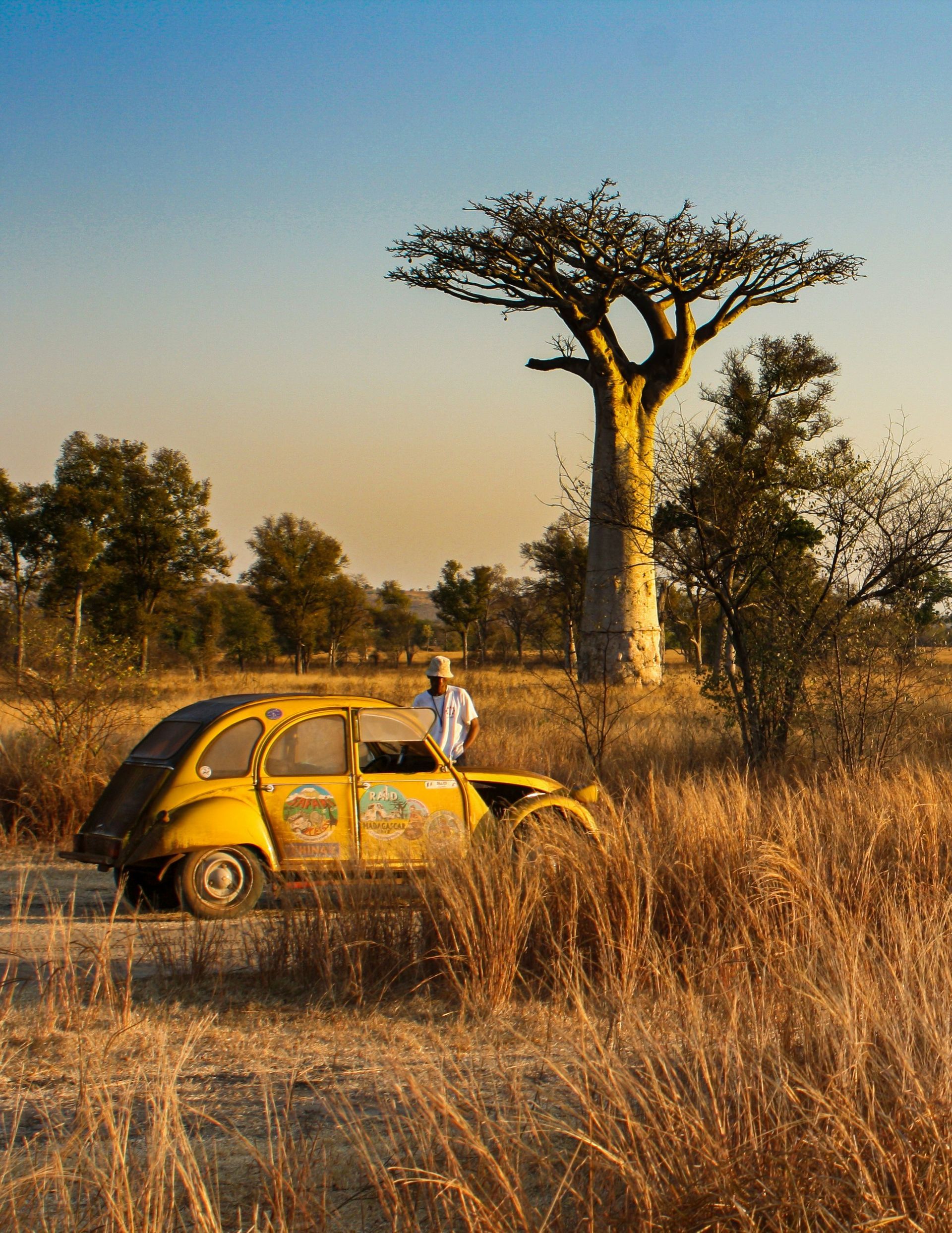
Slide title
Avenue of the Baobabs
Button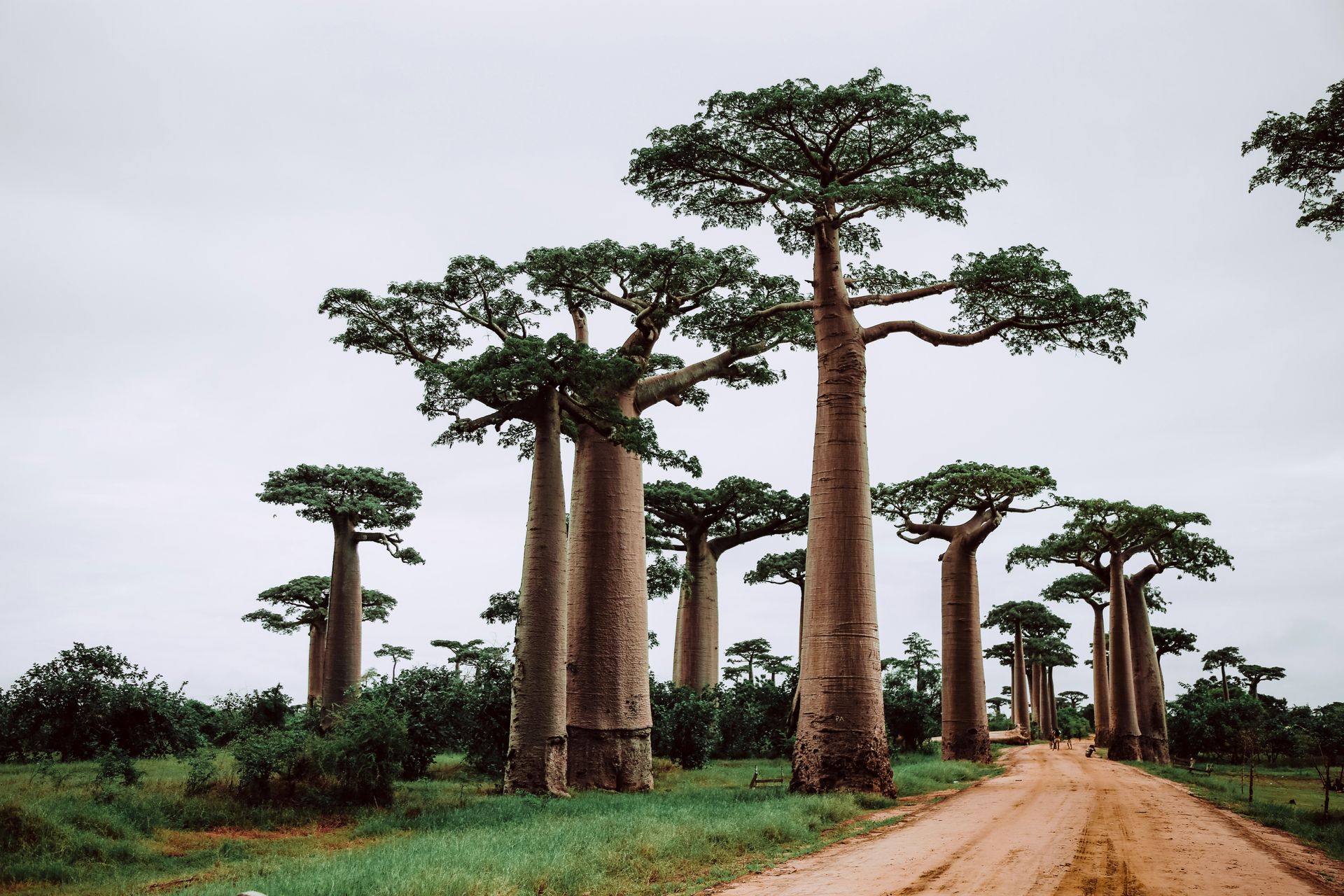
Slide title
Avenue of the Baobabs
Button
Slide title
Avenue of the Baobabs
Button
Slide title
Avenue of the Baobabs
Button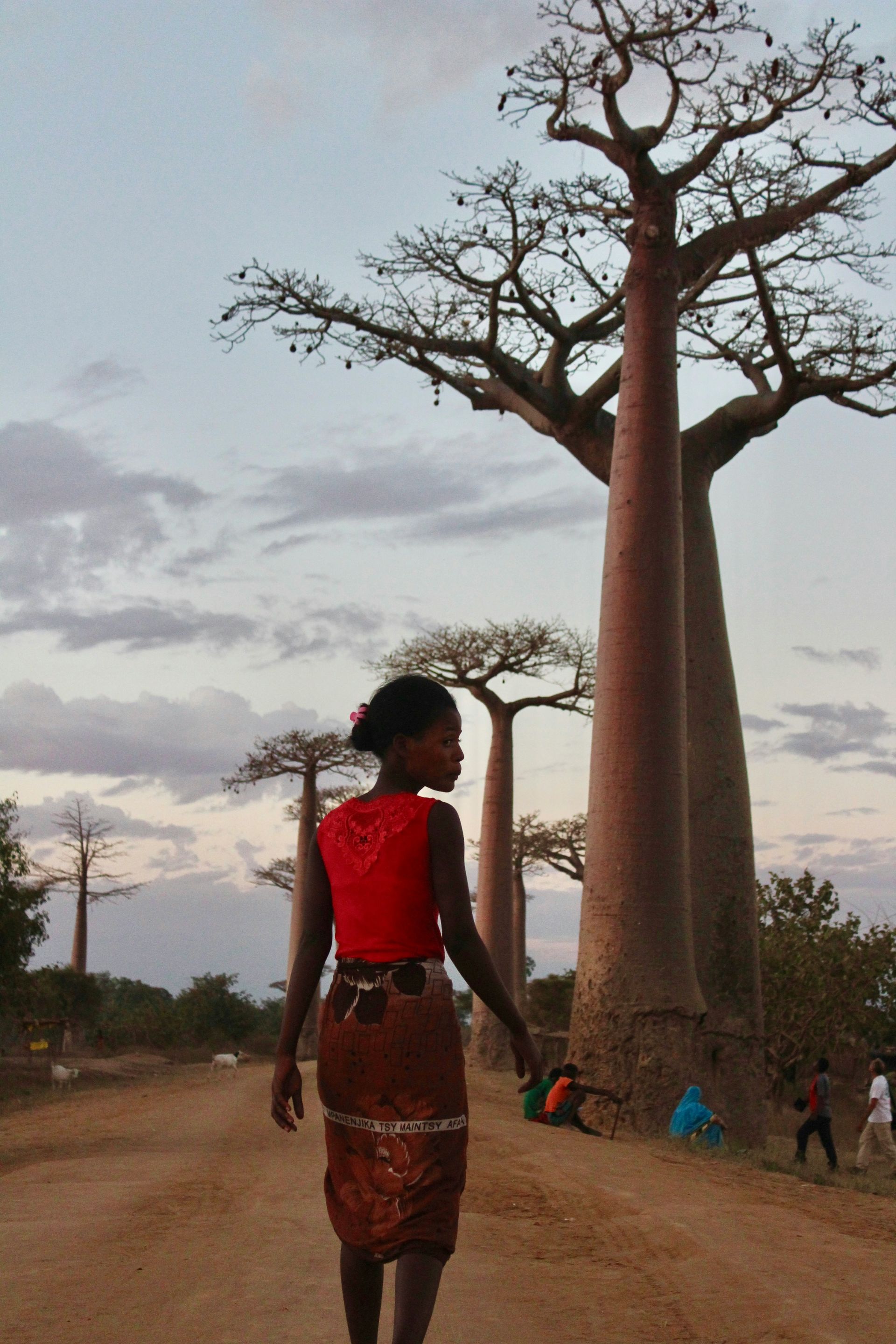
Slide title
Avenue of the Baobabs
Button

Slide title
Andasibe-Mantadia
Button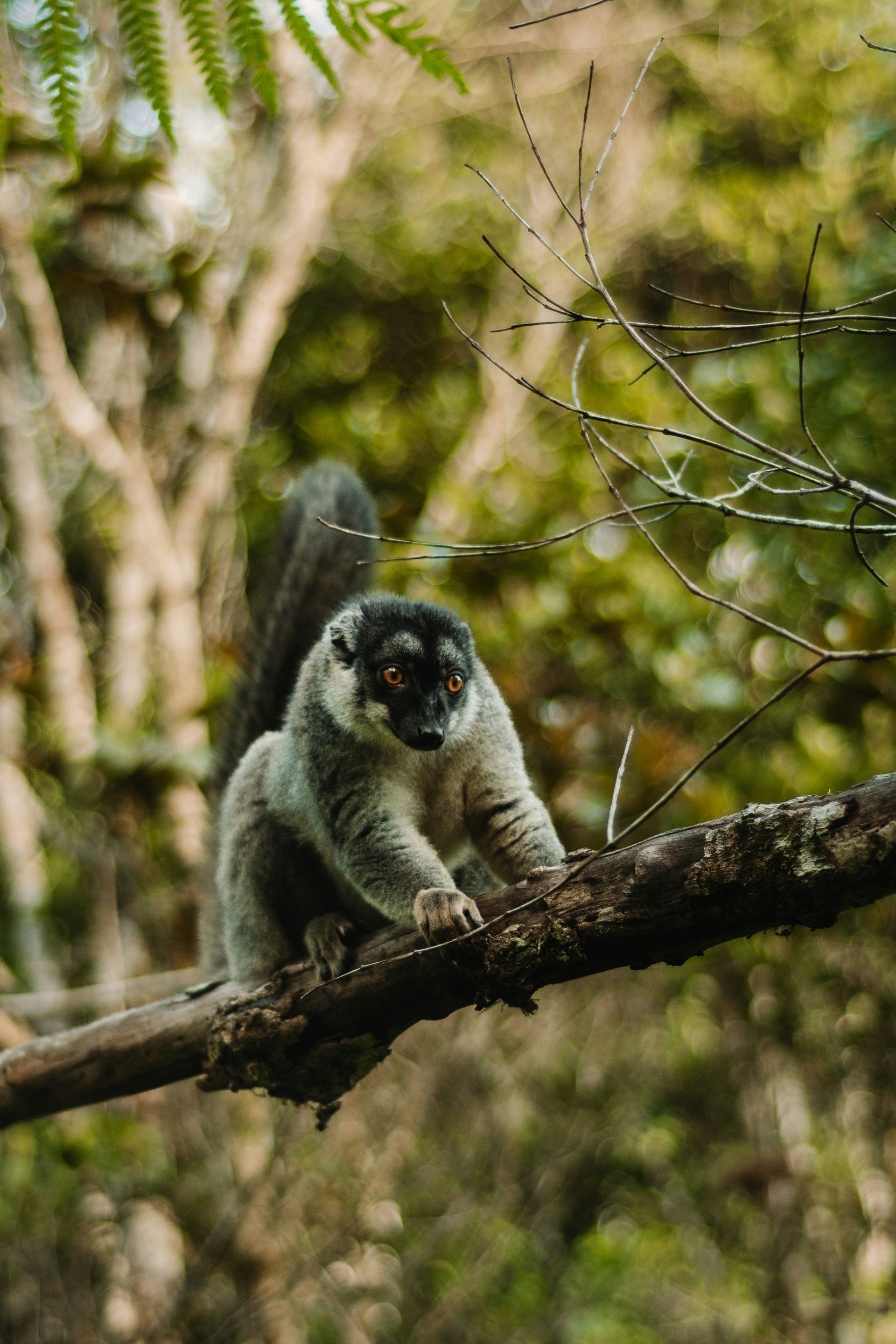
Slide title
Andasibe-Mantadia
Button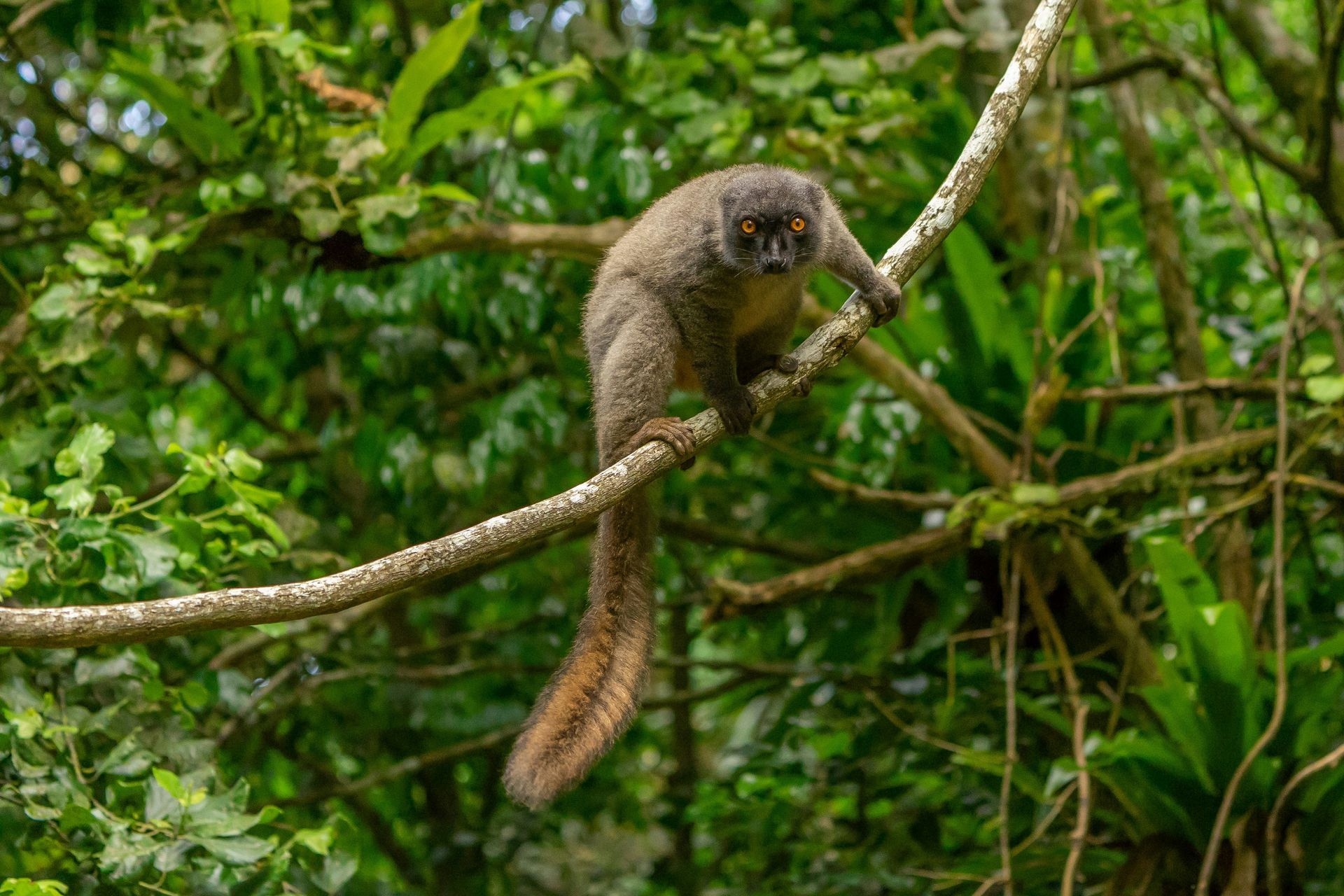
Slide title
Andasibe-Mantadia
Button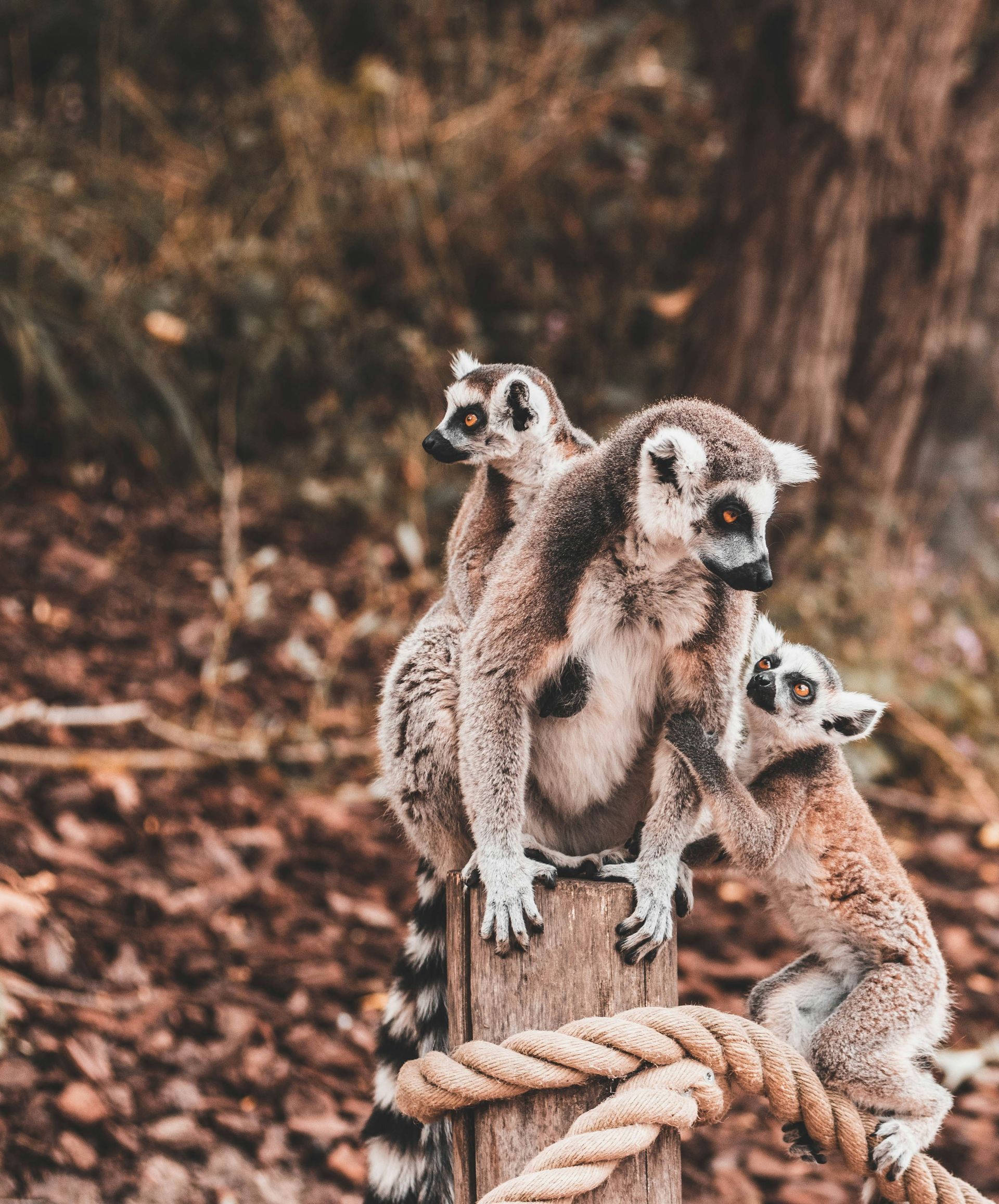
Slide title
Andasibe-Mantadia
Button
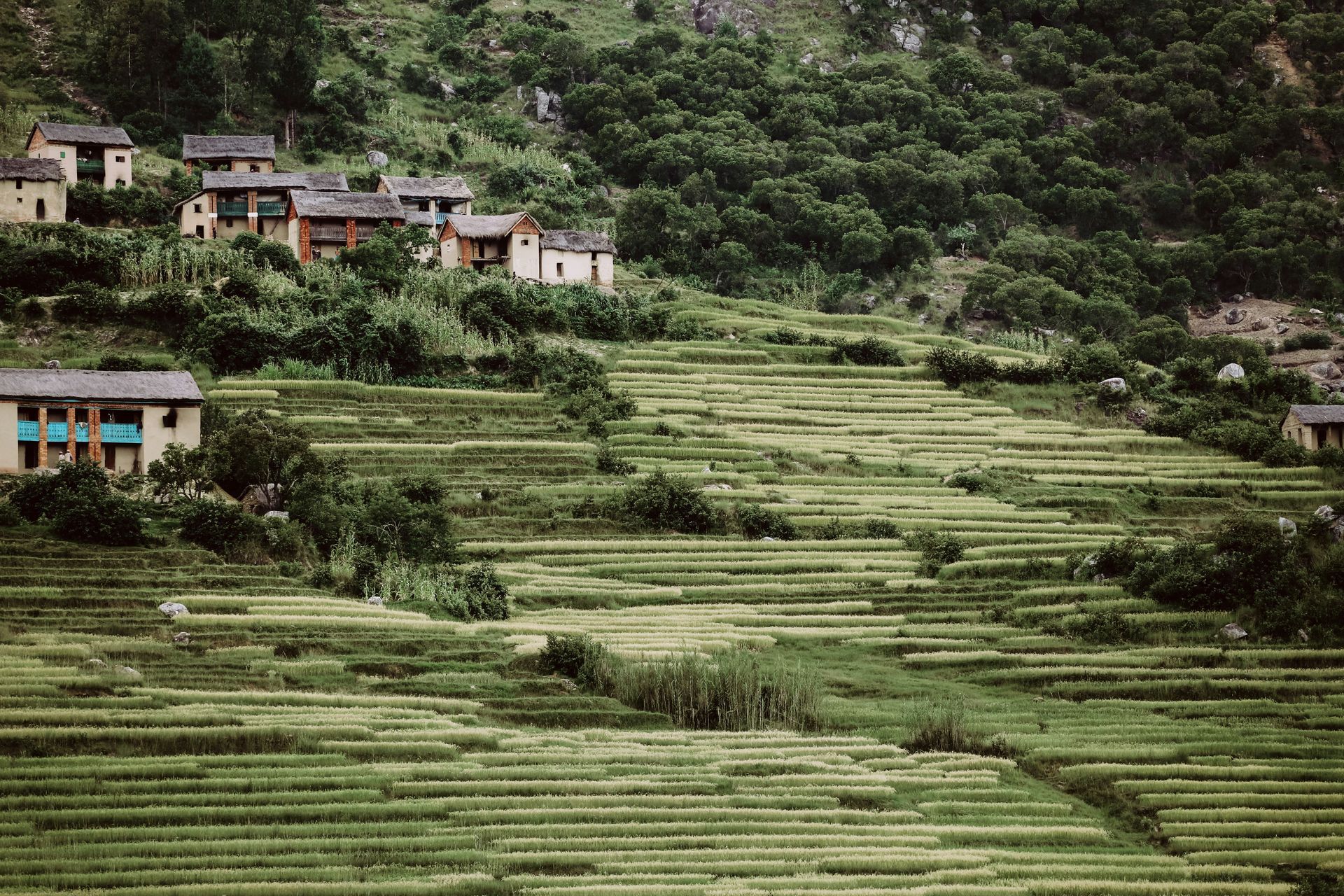
Slide title
Ambositra
Button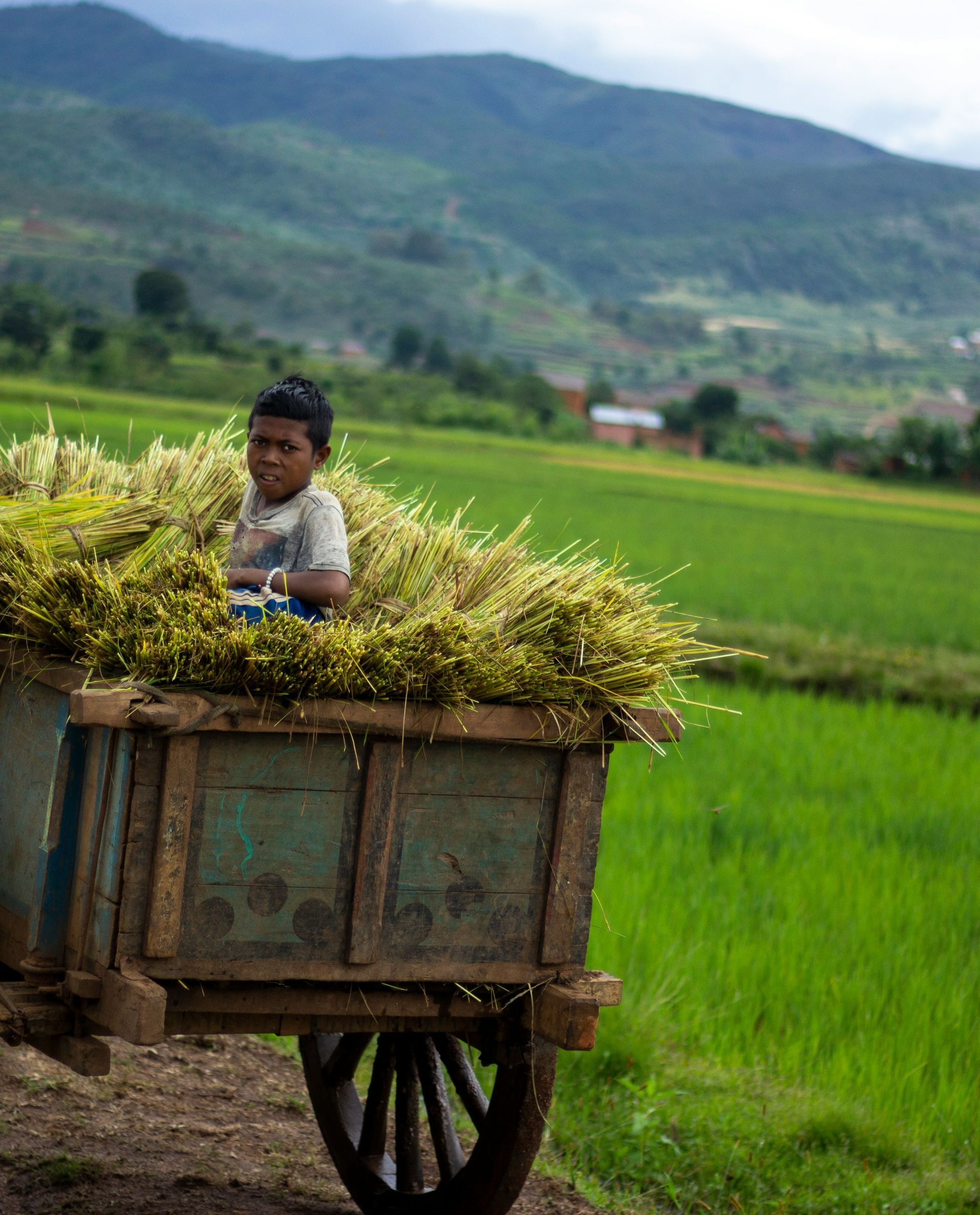
Slide title
Ambositra
Button
Slide title
Ambositra
Button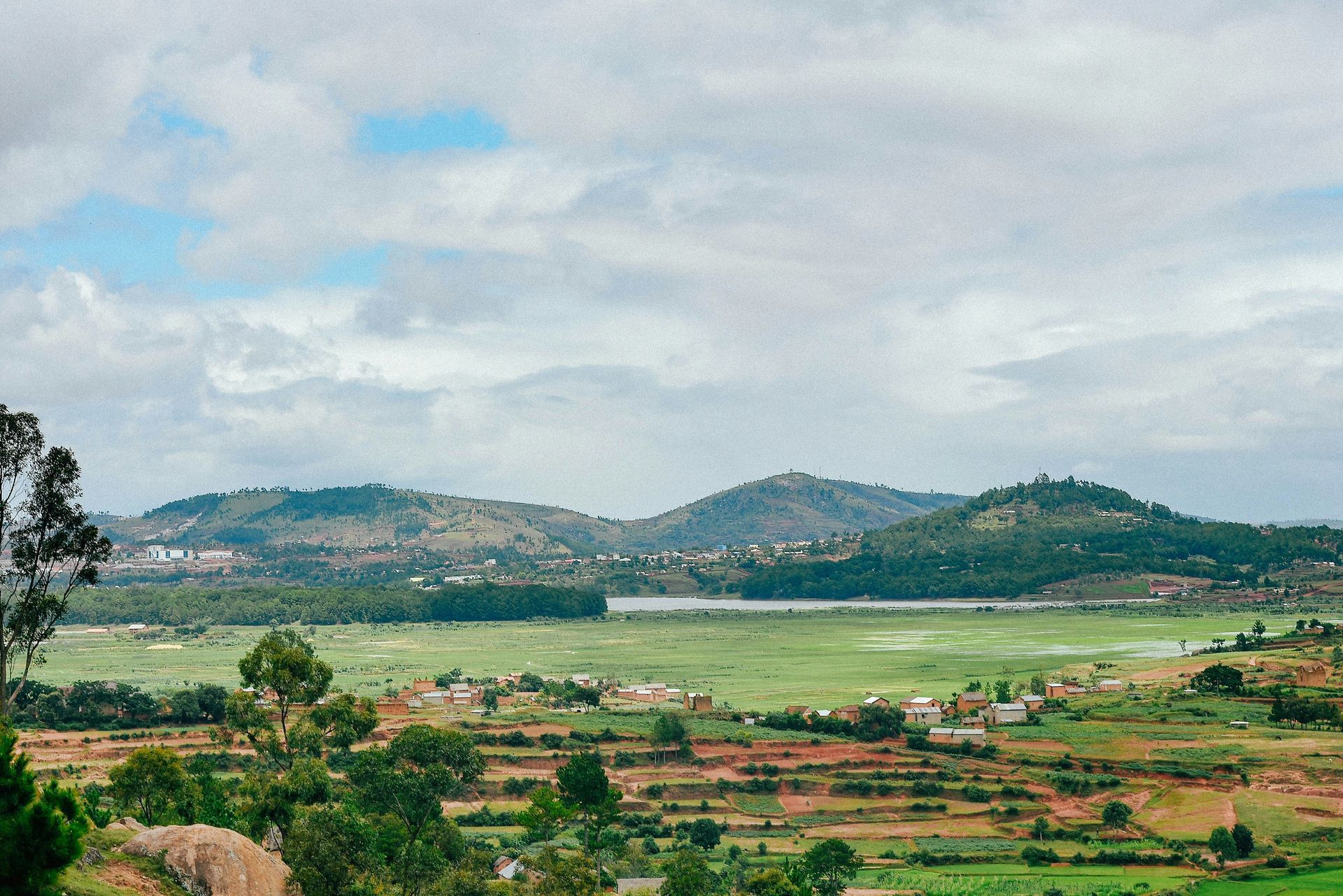
Slide title
Ambositra
Button
Featured Destinations

Slide title
Nosy Iranj
Button
Slide title
Nosy Iranj
Button
Slide title
Nosy Iranj
Button
Slide title
Nosy Iranj
Button
Slide title
Nosy Iranj
Button
Slide title
Nosy Iranj
Button
Slide title
Nosy Iranj
Button
Slide title
Nosy Iranj
Button
Slide title
Nosy Iranj
Button

Slide title
Avenue of the Baobabs
Button
Slide title
Avenue of the Baobabs
Button
Slide title
Avenue of the Baobabs
Button
Slide title
Avenue of the Baobabs
Button
Slide title
Avenue of the Baobabs
Button

Slide title
Andasibe-Mantadia
Button
Slide title
Andasibe-Mantadia
Button
Slide title
Andasibe-Mantadia
Button
Slide title
Andasibe-Mantadia
Button

Slide title
Ambositra
Button
Slide title
Ambositra
Button
Slide title
Ambositra
Button
Slide title
Ambositra
Button
The Malagasy Culture
Madagascar’s culture is as unique as its landscapes, shaped by a blend of African, Asian, and European influences. Music and dance are central to community life, with lively rhythms and traditional instruments bringing people together during festivals and ceremonies. Storytelling and folklore preserve the wisdom of ancestors, while crafts such as wood carving, weaving, and embroidery showcase artistry passed down through generations. From the warmth of village traditions to the colorful celebrations of national events, Madagascar’s culture offers visitors a rich and vibrant glimpse into island life.
Languages
Language is a key part of Madagascar’s cultural identity, with Malagasy serving as the national language and uniting people across the island’s many regions. While Malagasy has various dialects, it reflects the island’s Austronesian roots and African influences. French, a legacy of colonial history, is also widely spoken, especially in education and government. This blend of languages not only bridges communities but also highlights Madagascar’s unique position at the crossroads of cultures.
Music & Dance
Music and dance are central to Malagasy culture, bringing communities together during ceremonies, festivals, and daily life. Traditional instruments such as the valiha (a bamboo tube zither) and drums create distinctive rhythms, often accompanied by call-and-response singing. Dance styles vary across regions, from graceful movements that tell stories to lively steps performed at celebrations. These artistic expressions not only entertain but also preserve history and cultural identity, making music and dance a vibrant heartbeat of Madagascar.
Festivals & Traditions
Madagascar’s festivals and traditions offer a vivid window into its cultural soul. Ancestral customs, such as Famadihana (the turning of the bones), celebrate family ties and honor those who came before, blending reverence with music, dance, and feasting. Seasonal rituals tied to harvests, weddings, and community life highlight the importance of unity and respect for heritage. Alongside these age-old practices, national celebrations like Independence Day bring the country together in vibrant parades and performances. Together, Madagascar’s festivals and traditions embody both its deep-rooted history and its joyful, communal spirit.
The Malagasy Culture
Madagascar’s culture is as unique as its landscapes, shaped by a blend of African, Asian, and European influences. Music and dance are central to community life, with lively rhythms and traditional instruments bringing people together during festivals and ceremonies. Storytelling and folklore preserve the wisdom of ancestors, while crafts such as wood carving, weaving, and embroidery showcase artistry passed down through generations. From the warmth of village traditions to the colorful celebrations of national events, Madagascar’s culture offers visitors a rich and vibrant glimpse into island life.
Languages
Language is a key part of Madagascar’s cultural identity, with Malagasy serving as the national language and uniting people across the island’s many regions. While Malagasy has various dialects, it reflects the island’s Austronesian roots and African influences. French, a legacy of colonial history, is also widely spoken, especially in education and government. This blend of languages not only bridges communities but also highlights Madagascar’s unique position at the crossroads of cultures.
Music & Dance
Music and dance are central to Malagasy culture, bringing communities together during ceremonies, festivals, and daily life. Traditional instruments such as the valiha (a bamboo tube zither) and drums create distinctive rhythms, often accompanied by call-and-response singing. Dance styles vary across regions, from graceful movements that tell stories to lively steps performed at celebrations. These artistic expressions not only entertain but also preserve history and cultural identity, making music and dance a vibrant heartbeat of Madagascar.
Festivals & Traditions
Madagascar’s festivals and traditions offer a vivid window into its cultural soul. Ancestral customs, such as Famadihana (the turning of the bones), celebrate family ties and honor those who came before, blending reverence with music, dance, and feasting. Seasonal rituals tied to harvests, weddings, and community life highlight the importance of unity and respect for heritage. Alongside these age-old practices, national celebrations like Independence Day bring the country together in vibrant parades and performances. Together, Madagascar’s festivals and traditions embody both its deep-rooted history and its joyful, communal spirit.
The Malagasy Culture
Madagascar’s culture is as unique as its landscapes, shaped by a blend of African, Asian, and European influences. Music and dance are central to community life, with lively rhythms and traditional instruments bringing people together during festivals and ceremonies. Storytelling and folklore preserve the wisdom of ancestors, while crafts such as wood carving, weaving, and embroidery showcase artistry passed down through generations. From the warmth of village traditions to the colorful celebrations of national events, Madagascar’s culture offers visitors a rich and vibrant glimpse into island life.
Languages
Language is a key part of Madagascar’s cultural identity, with Malagasy serving as the national language and uniting people across the island’s many regions. While Malagasy has various dialects, it reflects the island’s Austronesian roots and African influences. French, a legacy of colonial history, is also widely spoken, especially in education and government. This blend of languages not only bridges communities but also highlights Madagascar’s unique position at the crossroads of cultures.
Music & Dance
Music and dance are central to Malagasy culture, bringing communities together during ceremonies, festivals, and daily life. Traditional instruments such as the valiha (a bamboo tube zither) and drums create distinctive rhythms, often accompanied by call-and-response singing. Dance styles vary across regions, from graceful movements that tell stories to lively steps performed at celebrations. These artistic expressions not only entertain but also preserve history and cultural identity, making music and dance a vibrant heartbeat of Madagascar.
Festivals & Traditions
Madagascar’s festivals and traditions offer a vivid window into its cultural soul. Ancestral customs, such as Famadihana (the turning of the bones), celebrate family ties and honor those who came before, blending reverence with music, dance, and feasting. Seasonal rituals tied to harvests, weddings, and community life highlight the importance of unity and respect for heritage. Alongside these age-old practices, national celebrations like Independence Day bring the country together in vibrant parades and performances. Together, Madagascar’s festivals and traditions embody both its deep-rooted history and its joyful, communal spirit.
Traditional Dishes
-
Lasopy
Lasopy is a traditional Malagasy vegetable soup, rich in flavor and simplicity. Made with a blend of locally grown vegetables such as carrots, cabbage, beans, and potatoes, it is often simmered slowly to create a hearty, nourishing broth. Sometimes accompanied by rice or bread, Lasopy is enjoyed as a comforting meal at home or during communal gatherings. Its fresh, wholesome ingredients highlight Madagascar’s reliance on seasonal produce and the island’s vibrant culinary traditions.
-
Romazava
Romazava is Madagascar’s national dish, a hearty stew made with beef or zebu and a mix of leafy greens, often including local spinach or mustard leaves. Flavored with ginger, garlic, and other traditional spices, it is typically served with rice to create a filling, comforting meal. Romazava reflects the island’s use of fresh, locally sourced ingredients and is a beloved example of Malagasy home cooking, enjoyed by families across the country.
-
Ravitoto
Ravitoto is a traditional Malagasy dish made from finely pounded cassava leaves, slowly cooked with pork or beef to create a rich and flavorful stew. Often seasoned with garlic, ginger, and local spices, it is typically served alongside rice, making it a hearty and satisfying meal. Ravitoto showcases Madagascar’s reliance on locally grown ingredients and is a staple of the island’s home-cooked cuisine, celebrated for its deep, earthy flavors.
-
Zebu
Zebu, a type of humped cattle native to Madagascar, plays a central role in Malagasy cuisine and culture. The meat is tender and flavorful, often used in traditional dishes such as Romazava or grilled preparations over open flames. Beyond its culinary importance, zebu are also valued in local customs and ceremonies, symbolizing wealth and community status. Whether enjoyed in everyday meals or festive feasts, zebu remains a cornerstone of Madagascar’s food heritage.
-
Henakisoa
Henakisoa is a traditional Malagasy pork dish, often slow-cooked or stewed with local spices, garlic, and ginger to create a tender, flavorful meal. Typically served with rice or accompanied by leafy greens, it is a staple in both everyday home cooking and special family gatherings. Henakisoa reflects Madagascar’s emphasis on fresh, locally sourced ingredients and showcases the rich, hearty flavors that define Malagasy cuisine.
-
Akoho sy Voanio
Akoho sy Voanio, meaning “chicken with coconut,” is a classic Malagasy dish that combines tender chicken simmered in a rich coconut milk sauce with garlic, ginger, and traditional spices. Often served with rice, this flavorful dish highlights the island’s tropical ingredients and culinary creativity. Akoho sy Voanio is a beloved example of Madagascar’s home-style cooking, offering a comforting yet exotic taste that reflects the island’s unique blend of cultural influences.
-
Mofo Gasy
Mofo Gasy, meaning “Malagasy bread,” is a popular breakfast treat in Madagascar. Made from a simple batter of rice flour, sugar, and sometimes coconut milk, it is lightly fried to create a golden, slightly sweet, and fluffy bread. Often enjoyed with coffee or tea, Mofo Gasy is a staple of Malagasy street food and home kitchens alike, offering a comforting taste that reflects the island’s culinary traditions.
Traditional Dishes
-
Lasopy
Lasopy is a traditional Malagasy vegetable soup, rich in flavor and simplicity. Made with a blend of locally grown vegetables such as carrots, cabbage, beans, and potatoes, it is often simmered slowly to create a hearty, nourishing broth. Sometimes accompanied by rice or bread, Lasopy is enjoyed as a comforting meal at home or during communal gatherings. Its fresh, wholesome ingredients highlight Madagascar’s reliance on seasonal produce and the island’s vibrant culinary traditions.
-
Romazava
Romazava is Madagascar’s national dish, a hearty stew made with beef or zebu and a mix of leafy greens, often including local spinach or mustard leaves. Flavored with ginger, garlic, and other traditional spices, it is typically served with rice to create a filling, comforting meal. Romazava reflects the island’s use of fresh, locally sourced ingredients and is a beloved example of Malagasy home cooking, enjoyed by families across the country.
-
Ravitoto
Ravitoto is a traditional Malagasy dish made from finely pounded cassava leaves, slowly cooked with pork or beef to create a rich and flavorful stew. Often seasoned with garlic, ginger, and local spices, it is typically served alongside rice, making it a hearty and satisfying meal. Ravitoto showcases Madagascar’s reliance on locally grown ingredients and is a staple of the island’s home-cooked cuisine, celebrated for its deep, earthy flavors.
-
Zebu
Zebu, a type of humped cattle native to Madagascar, plays a central role in Malagasy cuisine and culture. The meat is tender and flavorful, often used in traditional dishes such as Romazava or grilled preparations over open flames. Beyond its culinary importance, zebu are also valued in local customs and ceremonies, symbolizing wealth and community status. Whether enjoyed in everyday meals or festive feasts, zebu remains a cornerstone of Madagascar’s food heritage.
-
Henakisoa
Henakisoa is a traditional Malagasy pork dish, often slow-cooked or stewed with local spices, garlic, and ginger to create a tender, flavorful meal. Typically served with rice or accompanied by leafy greens, it is a staple in both everyday home cooking and special family gatherings. Henakisoa reflects Madagascar’s emphasis on fresh, locally sourced ingredients and showcases the rich, hearty flavors that define Malagasy cuisine.
-
Akoho sy Voanio
Akoho sy Voanio, meaning “chicken with coconut,” is a classic Malagasy dish that combines tender chicken simmered in a rich coconut milk sauce with garlic, ginger, and traditional spices. Often served with rice, this flavorful dish highlights the island’s tropical ingredients and culinary creativity. Akoho sy Voanio is a beloved example of Madagascar’s home-style cooking, offering a comforting yet exotic taste that reflects the island’s unique blend of cultural influences.
-
Mofo Gasy
Mofo Gasy, meaning “Malagasy bread,” is a popular breakfast treat in Madagascar. Made from a simple batter of rice flour, sugar, and sometimes coconut milk, it is lightly fried to create a golden, slightly sweet, and fluffy bread. Often enjoyed with coffee or tea, Mofo Gasy is a staple of Malagasy street food and home kitchens alike, offering a comforting taste that reflects the island’s culinary traditions.
Love this destination?
Have Viking Travel book your next getaway!


